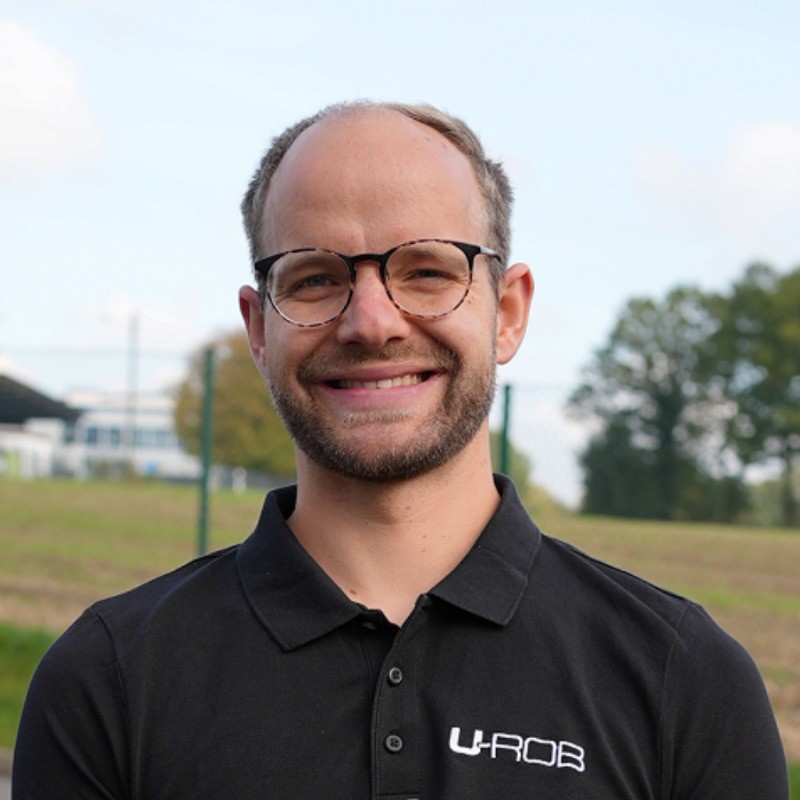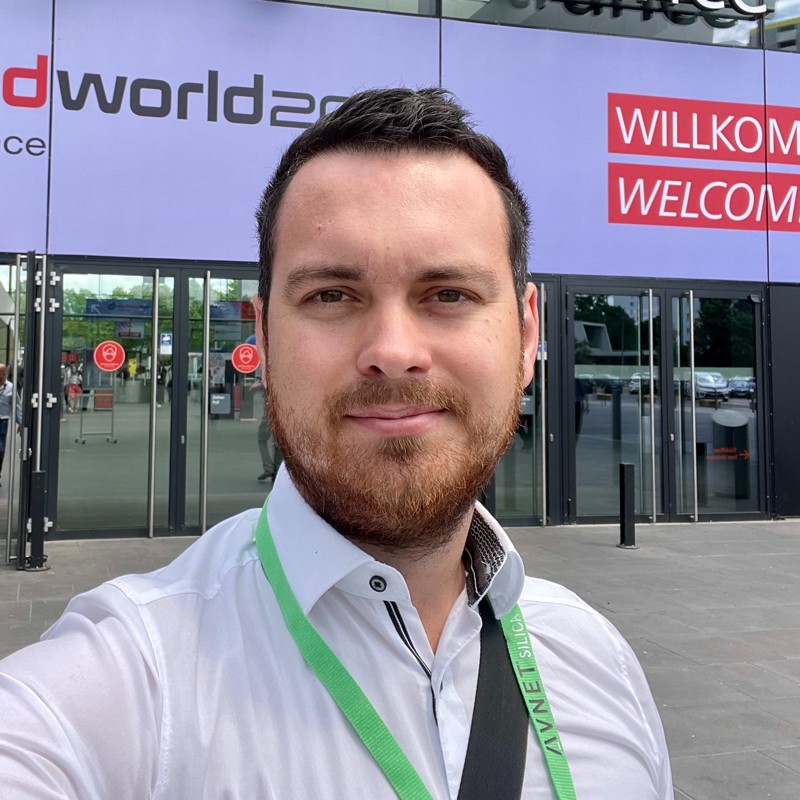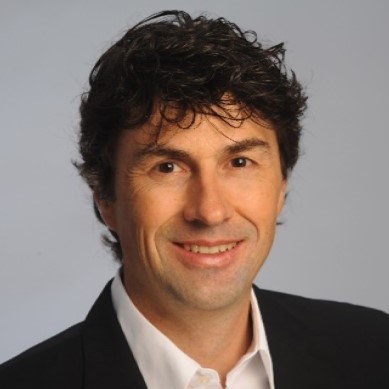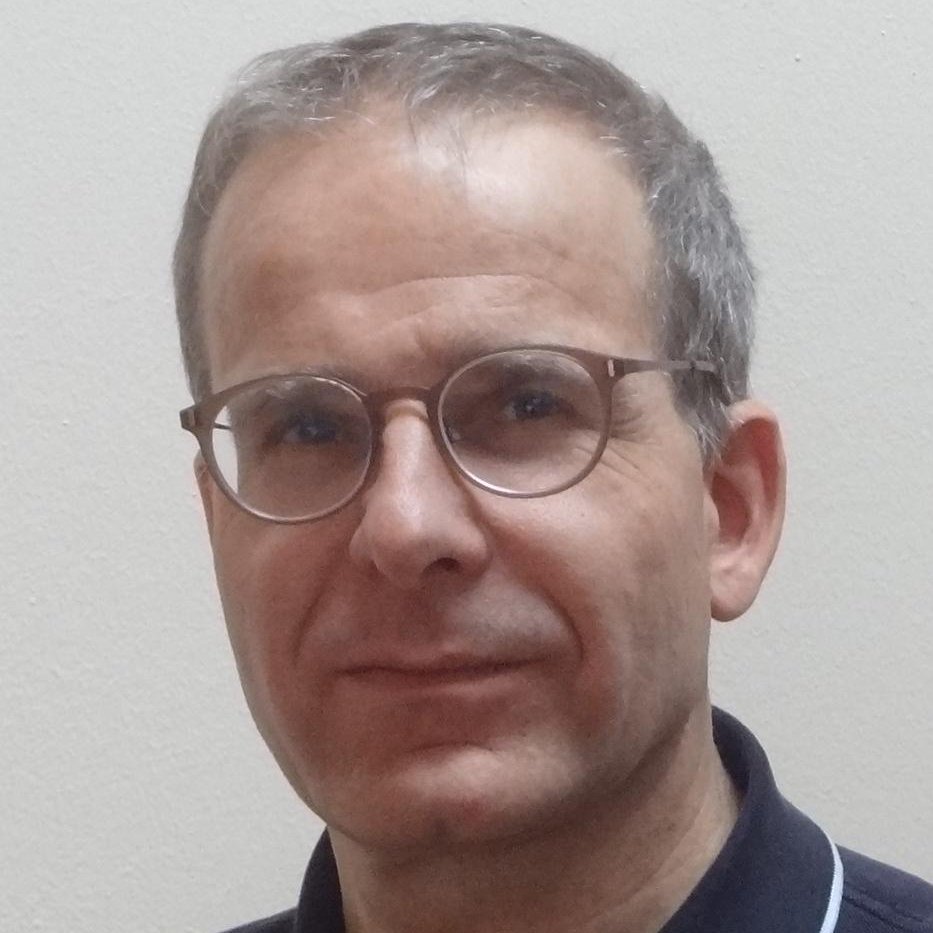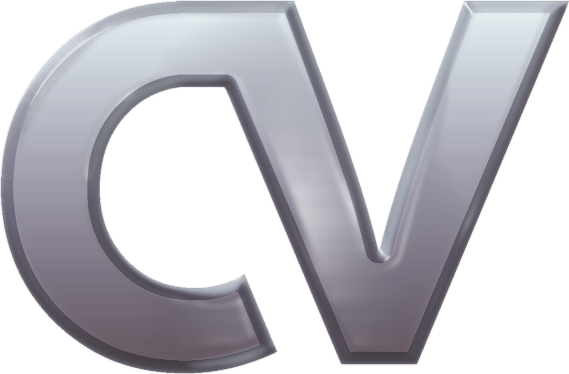1st Workshop on Vision-Based Structural Inspections in Civil Engineering at WACV 2024
Civil engineering structures such as power plants, sewers, and bridges form essential components of the public infrastructure. It is mandatory to keep these structures in a safe and operational state.
In order to ensure this, they are frequently inspected where the current recognition and documentation of defects and building components is mostly carried out manually. A failure of individual structures results in enormous costs.
For example, the economic costs caused by the closure of a bridge due to congestion is many times the cost of the bridge itself and its maintenance.
Recent advancements in hardware and software offer great potential for increasing the quality, traceability, and efficiency of the structural inspection process.
In particular, methods from the field of computer vision play an important role. The new techniques support the inspection engineer at the building site, raising quality and efficiency of the inspection.
There is a high demand worldwide for the automation of structural inspections in the areas of building construction, bridge construction, tunnel construction, sewage plants, and other critical infrastructures.
In the “1st Workshop on Vision-Based Structural Inspections in Civil Engineering,” approaches utilizing computer vision for analyzing and assessing civil engineering structures will be explored.
The workshop will provide a platform for experts from both the academic and application community.
The core of the workshop is the “dacl-challenge”, which aims to find the best models for recognizing bridge defects and bridge components by means of semantic segmentation.
The challenge is based on the “dacl10k” dataset, a novel, real-world, large-scale benchmark for multi-label semantic segmentation that distinguishes between thirteen defect types and six building components.
The workshop will take place at the IEEE/CVF Winter Conference on Applications of Computer Vision (WACV) 2024.
Keynote Speakers
Timetable
The workshop will take place on the 7th of January 2024 at the Waikoloa Beach Marriott Resort, 69-275 Waikoloa Beach Drive, Waikoloa, HI. Here's the exact timetable:
| From* | To* | Topic | Speaker |
|---|---|---|---|
| 08:30 AM | 08:40 AM | Introduction | Johannes Flotzinger |
| 08:40 AM | 09:10 AM | Keynote 1: Structural Observations – The Current State of the Industry | Michael Greer |
| 09:10 AM | 09:20 AM | Keynote 2: Digitized Visual Inspection and dacl10k dataset | Johannes Flotzinger |
| 09:20 AM | 09:50 AM | Keynote 3: Annotating Images for Multi-Label Semantic Segmentation of Bridge Defects | Marius Reuther |
| 09:50 AM | 10:05 AM | The dacl-challenge | Philipp J. Rösch |
| 10:05 AM | 10:15 AM | 3rd of the challenge | Winning Wieners |
| 10:15 AM | 10:25 AM | 2nd of the challenge | Bridge Protector |
| 10:25 AM | 10:35 AM | 1st of the challenge | Sheoran |
| 10:35 AM | 10:55 AM | Coffee Break | |
| 10:55 AM | 11:25 AM | Keynote 4: Computer Vision for Visual Structural Inspections of Civil Engineering Structures | Christian Benz |
| 11:25 AM | 11:55 AM | Keynote 5: Fully Automated Drone Docks – Opportunities for Infrastructure Inspection | Benjamin Kelm |
| 11:55 AM | 12:25 PM | Panel-Discussion: Future Challenges Using Computer Vision for Vision-Based Structural Inspections | All Speakers |
| 12:25 PM | 12:30 PM | Closing | Johannes Flotzinger |
*All times in Hawaiian Standard Time (UTC-10:00)
dacl-challenge
The challenge is hosted here.
dacl10k
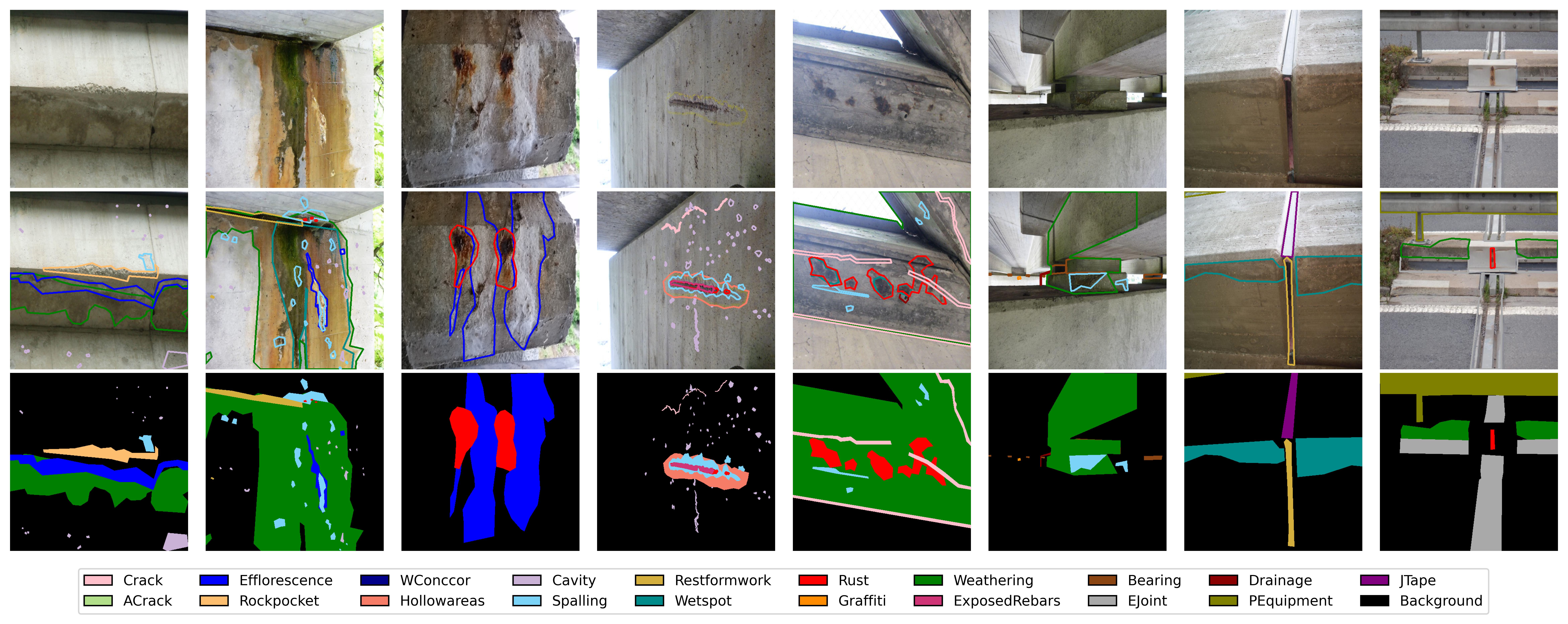
The dacl10k dataset includes images collected during concrete bridge inspections acquired from databases at authorities and engineering offices, thus, it represents real-world scenarios.
Concrete bridges represent the most common building type, besides steel, steel composite, and wooden bridges.
dacl10k distinguishes 13 bridge defects as well as 6 bridge components that play a key role in the building assessment.
Based on the assessment, actions (e.g., restoration works, traffic load limitations, and bridge closures) are determined.
The inspection itself and the resulting actions often impede the traffic and thus private persons and the economy.
Furthermore, an ideal timing for restoration helps achieving long-term value added and can save a lot of money.
It is important to note that dacl10k includes images from bridge inspections but is not restricted to this building type.
Classes of the concrete and general defect group in dacl10k can appear on any building made of concrete.
Therefore, it is relevant for most of the other civil engineering structures, too.
The Development Phase dataset is available from [AWS].
The Testfinal Phase dataset is available from [AWS].
We provide a Python toolkit which should act as a simple entry point for the dataset.
The corresponding paper is available here.
Caveats
Note that the provided dataset version is dacl10k_v2. The version of the dataset described in the arXiv paper is dacl10k_v1. But, the class definitions in the supplementary material of the arXiv paper are already updated with respect to v2. The main difference between v1 and v2 is the additional concrete damage class “Cavity”. An updated version of the paper will follow soon.
Prizes
| 🥇 | 🥈 | 🥉 |
|---|---|---|
| 3,000$ | 2,000$ | 1,500$ |
The best three submissions will be awarded with a prize, sponsored by UltraConsulting.
If you want to be part of the final leaderboard, you have to submit a fact-sheet.
The first three winners, additionally, have to give a talk (10 minutes) at the workshop.
The talk can be held remotely.
For detailed info, see the Terms and Conditions
and the Call for fact-sheets.
Winners
The challenge is over. Here are the top 3 dacl-challengers:
| 🥇 | 🥈 | 🥉 |
|---|---|---|
| Sheoran | Bridge Protector | Winning Wieners |
A detailed overview of the challenge results and approaches will be provided in the challenge paper, which will be published within the conference proceedings of WACV 2024.
Important Dates
| Phase/Event | Start | Comment |
|---|---|---|
| Start of Development Phase | September 09, 2023 (00:00 UTC) | Release of train, valid and testdev images and train and valid annotations |
| Start of Testfinal Phase | October 27, 2023 (00:00 UTC) | Release of testchallenge images |
| End of Challenge | November |
|
| Fact-Sheet Submission | November |
Fact-Sheet obligatory to win prizes! |
| Release of Final Results | November 21, 2023 | |
| Prize ceremony at WACV2024 | January 7, 2024 (morning) | Compulsory 10 min talk by each of the first three winners! |
Organizers
|
University of the Bundeswehr Munich |
University of the Bundeswehr Munich |
Bauhaus-University Weimar |
University of the Bundeswehr Munich |
NetApp |
Program Committee
|
Univ.-Prof. Dr.-Ing. Thomas Braml University of the Bundeswehr Munich |
Univ.-Prof. Dr.-Ing. Helmut Mayer University of the Bundeswehr Munich |
Univ.-Prof. Dr.-Ing. habil. Volker Rodehorst Bauhaus-University Weimar |
University of the Bundeswehr Munich |
Supporters
The workshop is supported by the following enterprises:
The workshop is supported by the following Institutes:


